Did you know that the city of Bruges was one of the most dynamic cities in Europe in the Middle Ages? It was in this flourishing city that Flemish painting developed, thanks to renowned artists such as Jan Van Eyck, Hans Memling and Gerard David.
Even today, some of their finest works can be seen in the very place where they were created, so that a visit to Bruges is also akin to a true artistic journey.
In this guide, I invite you to discover Bruges from a cultural angle, following in the footsteps of the Flemish Masters.
Article produced in collaboration with VisitBruges and VisitFlanders. However, I reserve the right to make my own comments. The opinions and views expressed in this article are therefore entirely my own.
Summary
An exceptional past: why was Bruges an artistic Mecca?
An economic and cultural crossroads
In the Middle Ages, Bruges was one of the most prosperous trading centers in Northern Europe. In the 12ᵉ century, a tidal wave opened up the Zwin, an arm of the sea linking the city directly to the North Sea. This new access made the little city a flourishing port and strategic trading crossroads at the heart of northern Europe.
In the 13thᵉ century, Bruges became a leading financial center, to the point of hosting the world’s first stock exchange. Booming, its population tripled between 1340 and 1500.
Thanks to its network of canals, the city maintained exchanges with England, Northern Europe and the great Italian merchant cities. This prosperity gave rise to an urban elite with a passion for art: patrons and religious institutions commissioned works, ushering in a period of unprecedented artistic effervescence.
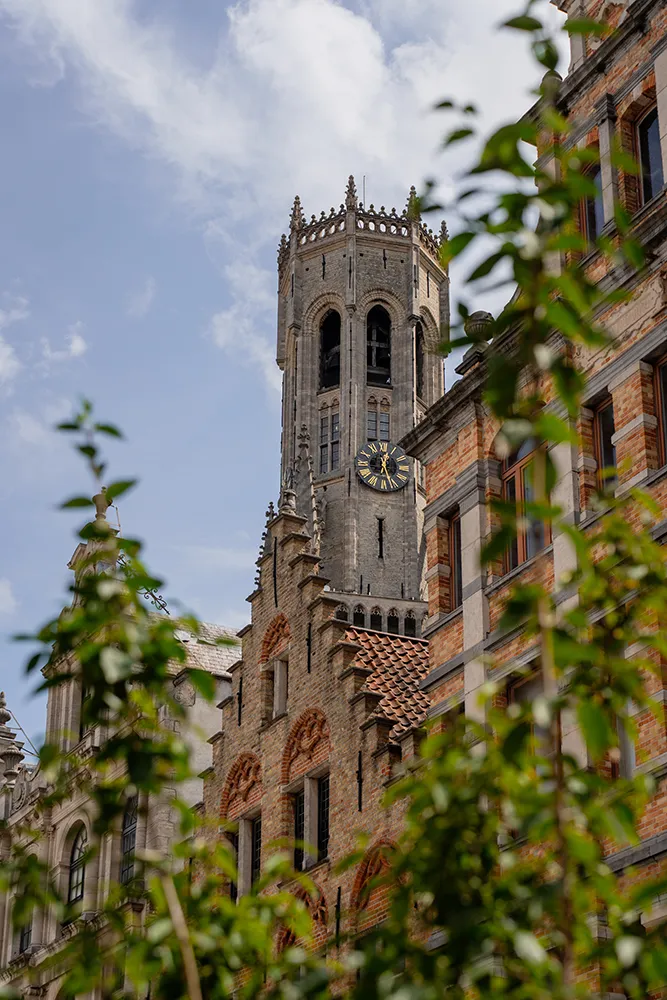


The cradle of Flemish painting
It was in this flourishing atmosphere that Flemish painting emerged, renowned for its meticulous realism, luminous detail and unprecedented rendering of textures. Names like Jan Van Eyck, Hans Memling and Gerard David left their mark on artistic history. They often worked in close connection with the very places that inspired them: churches, convents, chapels, where their works were designed to dialogue with architecture and spirituality.
Even today, thanks to the Maîtres Flamands in situ operation, major works can be found accessible where they were conceived, creating a link between history, art and place.


In the footsteps of the Flemish Masters: discovering works in situ
Here’s a selection of places where the masterpieces of the Flemish painters can be seen, presented in their places of creation.
The VisitBruges app: a guide in your pocket
Download the free appVisitBruges on your Android smartphone or iPhone to find the ” Tour des Maîtres ” and discover all the must-see places to admire the works of the Flemish Masters in Bruges.
Notre-Dame Church (O.L.V.-kerk Museum)
The Church of Notre-Dame is a veritable museum with its many works of art. The most famous is certainly the ” Virgin and Child ” by Michelangelo, a white marble statue that was donated to the church by the wealthy Bruges merchant family Mouscron on condition that the statue remain there forever. The statue was only moved twice: by Napoleon in 1794 and then by Hitler in 1944, but returned to Bruges each time.
But the two emblematic works by the Flemish Masters can be found in the church’s choir. These are the tombs of Mary of Burgundy and her father Charles the Bold, dating from the 15thth and 16thth centuries, and the Passion Triptych by Bernard van Orley and Marcus Gheeraerts.
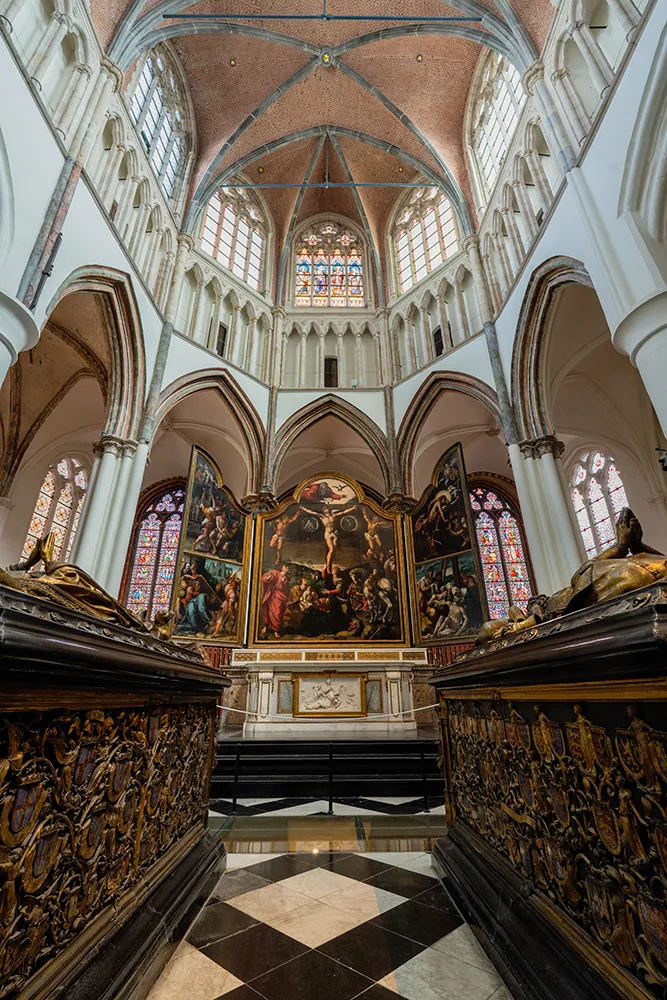

Address: Mariastraat
Opening hours: Monday to Saturday, 9.30am to 5pm, Sunday 1pm to 5pm
Prices: access to the church is free, but access to the museum section with the works of art is chargeable, €8, €7 for under-26s, €4 for under-17s, free up to age 12
The Saint John’s Hospital Museum (Museum Sint-Janshospitaal)
The former Hôpital Saint-Jean now houses a museum that tells the story of care and healing.
This museum also preserves seven works by Hans Memling, four of which were commissioned specifically for this location, by the hospital’s sisters and brothers. These are the Triptych of John the Baptist and John the Evangelist, the Reliquary of Saint Ursula, the Triptych of the Adoration of the Magi and the Triptych of the Lamentation of Christ.



Address: Mariastraat 38
Opening hours: Tuesday to Sunday, 9:30 am to 5 pm
Prices: €15, €13 for under-26s, €7 for under-18s, free up to age 12
Hof Bladelin
Welcome to the residence of Pieter Bladelin who was, in the 15th century, one of the richest men in Flanders.
The successive owners of this private mansion have left their mark by commissioning several works of art:
- Two angels sculpted by Laurent Delvaux in the Chapel
- Two 15th century medallions of Lorenzo de’ Medici and Clarice Orsini, among the earliest works of Renaissance art in Bruges


Address: Naaldenstraat 19
Opening hours: Mondays and Fridays, 2pm to 5pm
Prices: €10, €2 up to 18 years old
Church and Monastery of the Discalced Carmelites
Did you know that in the 17th century, Bruges was home to no fewer than 20 abbeys and monasteries? Today, only two monastic orders are still active, including the monastery of the Discalced Carmelites.
The Church of the Discalced Carmelites, whose exterior is particularly sober, nevertheless contains a richly decorated Baroque interior to teach the faith to the population. Much of the decor is the work of Brother Victor, who created the high altar, pulpit, confessionals, communion bench, interior doors and wooden wall coverings.

Address: Ezelstraat 28
Opening hours: every day except Tuesday and Sunday, from 10 to 11:30 a.m. and from 2:30 to 4 p.m.
Rates: free admission
The Adornes Estate and Jerusalem Chapel (Adornesdomein)
Around 1300, Opicius Adornes settled in Bruges and climbed the social ladder thanks to his commercial acumen and strategic marriages.
The Adornes family gave this estate the form we know today in the 15th century, with a private garden, an imposing house and a family chapel. The chapel houses the tombs of Anselme Adornes and Marguerite van de Banck, designed by Cornelis Tielman, and the impressive “Golgotha altarpiece”, a sculpture depicting the place where Christ was crucified.
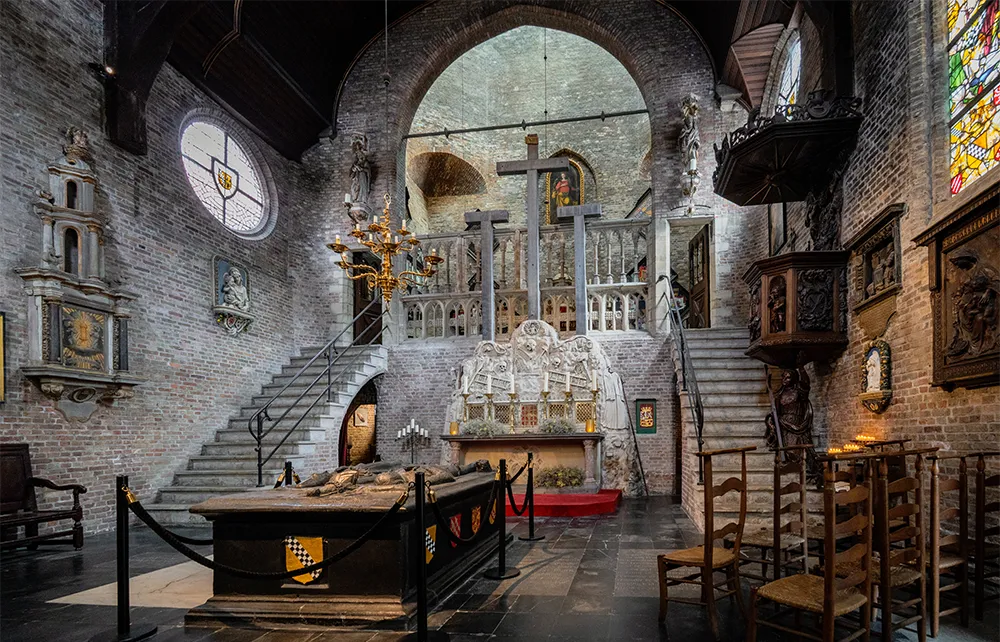
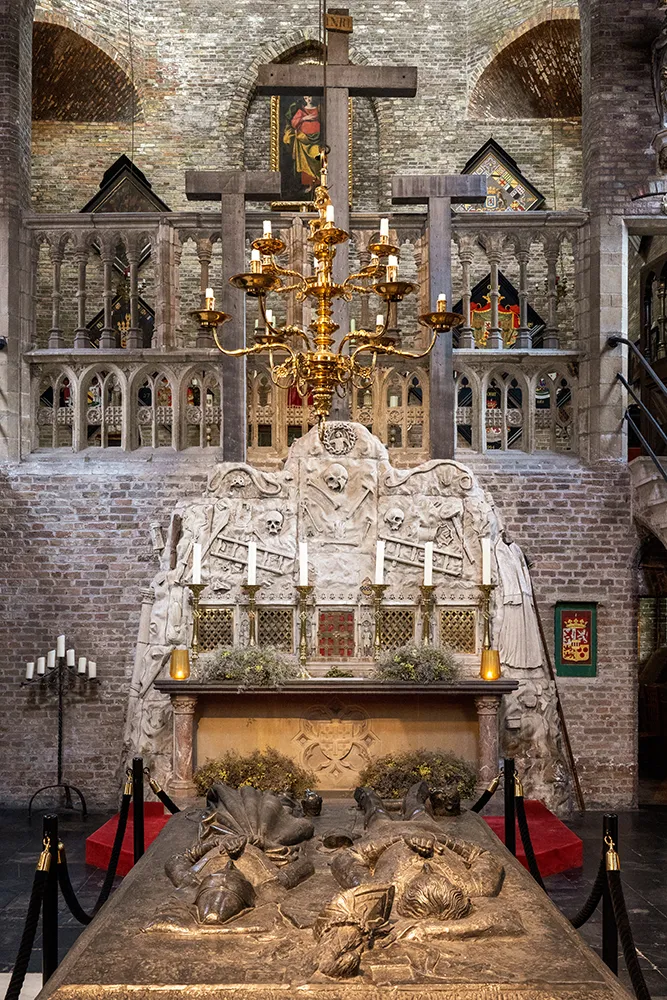
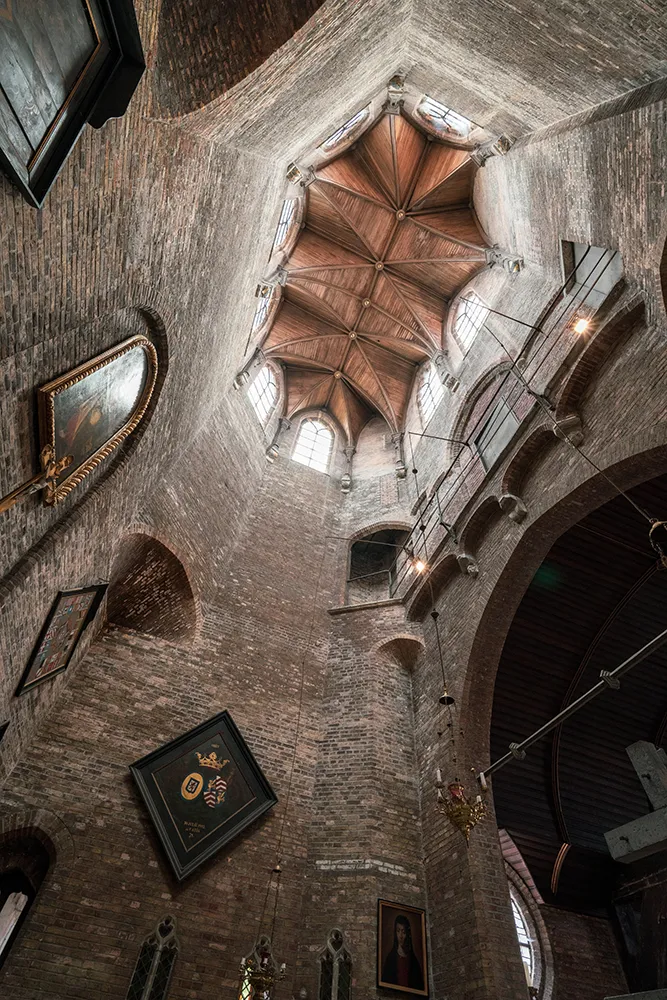
The Adornes family still own the premises and use the chapel for religious events.
Address: Peperstraat 3
Opening hours: Monday to Friday, 10am to 5pm; Saturday 10am to 6pm, closed Sunday
Prices: €10, €8 for over 65s, €6 for under 26s, free up to 6s.
And also…
Other places present works of art or tell the story of Bruges, even if these works are not their original place of creation. For example, I recommend the following..:
Groeninge Museum (Groeninge Museum)
The Groeninge Museum is one of Belgium’s oldest museums. It brings together six centuries of Belgian art, with a large share of Flemish primitives such as Jan Van Eyck, Hans Memling, Gerard David, Petrus Christus and Jerome Bosch, as well as more modern artists.
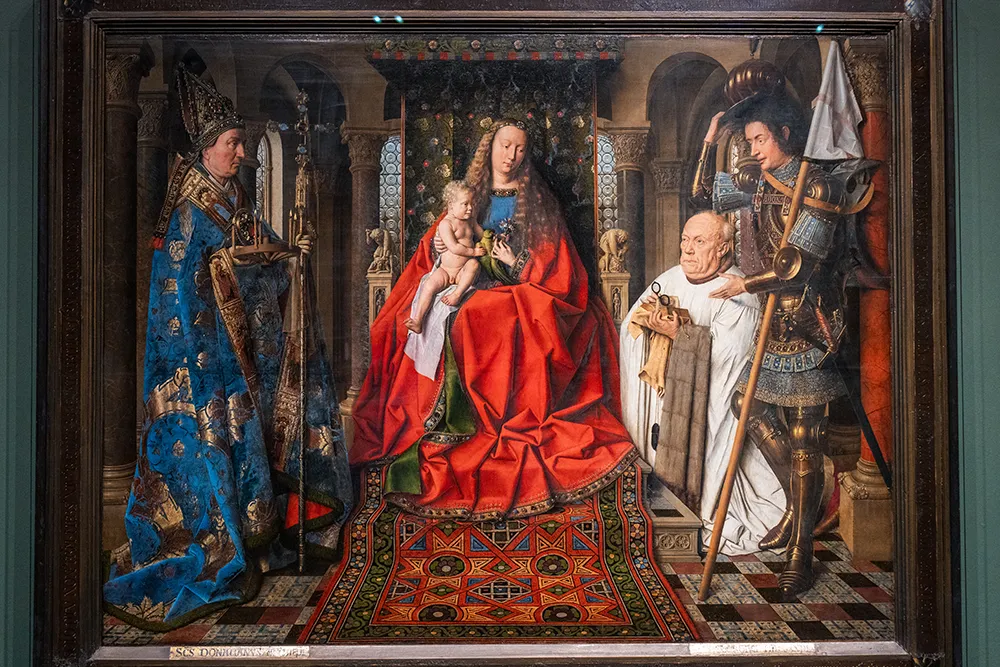



Address: Dijver 12
Opening hours:every day except Wednesday, 9:30am to 5pm
Prices: €15, €13 for under-26s, €7 for under-18s, free up to age 12.
The Historium
Located on the Grand Place, the Historium offers an immersive journey through the history of Bruges. Following the adventures of Jacob, an apprentice in the service of painter Jan van Eyck in 1435, we discover the atmosphere of the city at the time of its golden age.
Address: Markt 1
Opening hours: every day from 11am to 5pm, Saturday night until 10pm
Prices: €21, €17 for over-65s and students, €13 for under-13s, free for children under 4.
Top 10 places to visit in Bruges
If you’re looking for more sightseeing ideas in Bruges find on this free guide the 10 must-do s in the city :

Interactive map
Find all the addresses mentioned in this article on this map:
Where to sleep in Bruges?
During my stay, I put down my suitcases at l’Hôtel Marcel ideally located just a stone’s throw from the Grand Place. The rooms are decorated with views of the city, and some rooms, located on the upper floors, also offer a breathtaking view of the Belfry. We also recommend the tasty buffet breakfast.
I’d also recommend Monsieur Ernest, located a 5-minute walk from the city center and near a canal, it’s the perfect place to relax.
Affiliate links
Where to eat in Bruges?
Here are a few gourmet addresses that I particularly recommend :
Récolte
Facing this restaurant, it’s hard to imagine that there’s such a charming garden behind the façade. Récolte is a restaurant where you can eat just like at home. The dishes are simple but tasty, the atmosphere relaxed and the managers adorable. It’s the kind of place where you quickly feel at ease, and where you’d love to be able to stay for a long time – a real favorite!
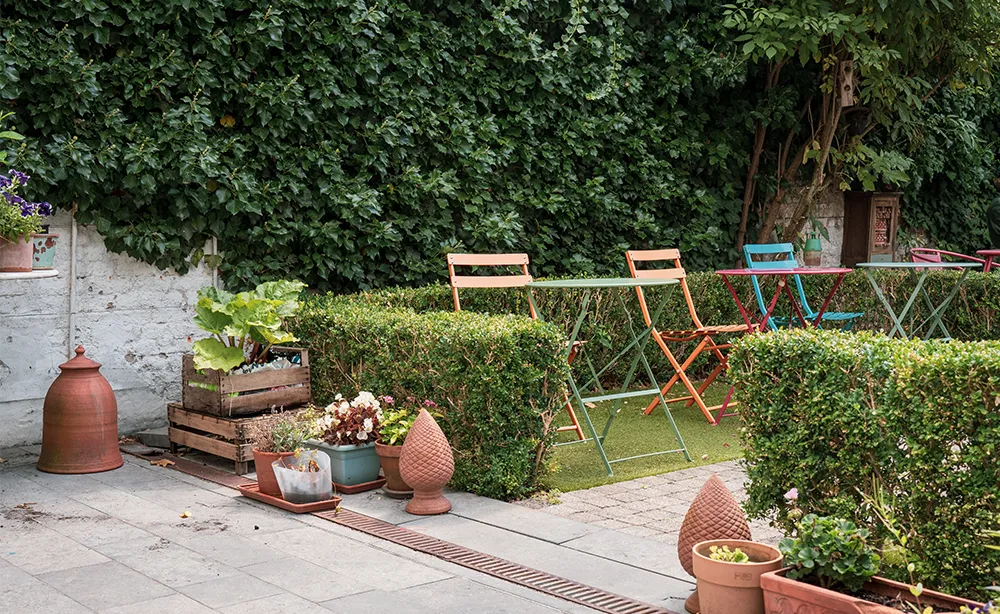
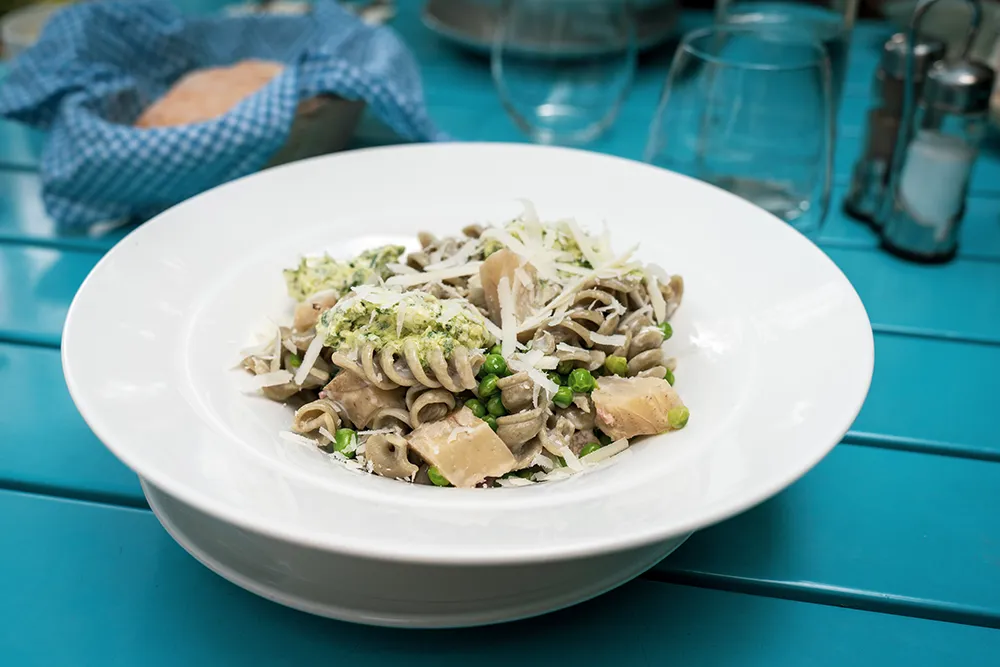
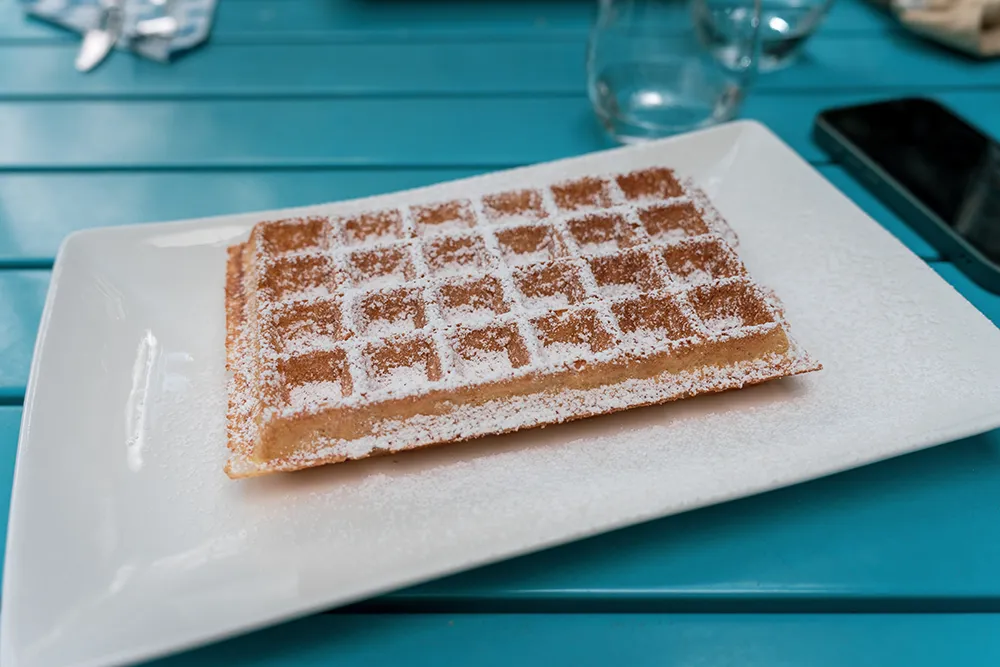
Mojo
Here, you’ll find mainly tapas-style dishes to share. It’s the ideal place to meet up with friends, in a very convivial atmosphere.

Kaffee Kamiel
If you love brunch, then you’re going to love this place. On the menu: salads, toast, pancakes, burgers, bowls… All prepared with care. It’s really excellent!


Cuvee Natuurlijk
In this restaurant-wine cellar, you can enjoy tasty dishes while toasting a good wine. It’s very good, but you take your time: the service is very long! It’s a great place for an aperitif or dinner with friends, but less suitable for dinner after a long day of sightseeing.



See around Bruges
Extend your stay in Flanders: many other towns await you ! I particularly recommend :
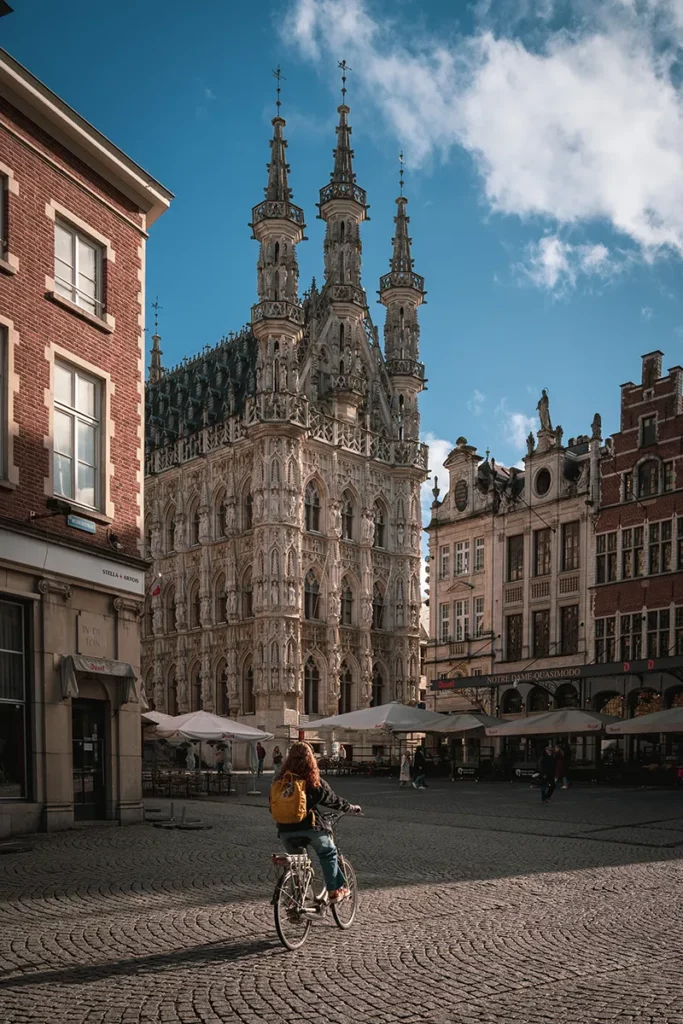


- Kortrijk
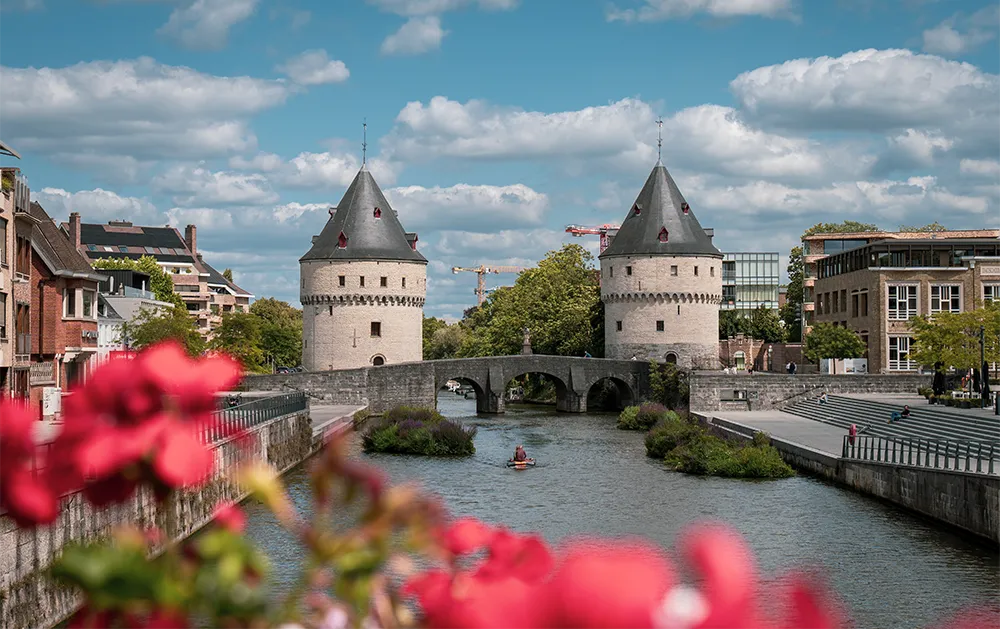
- Mechelen
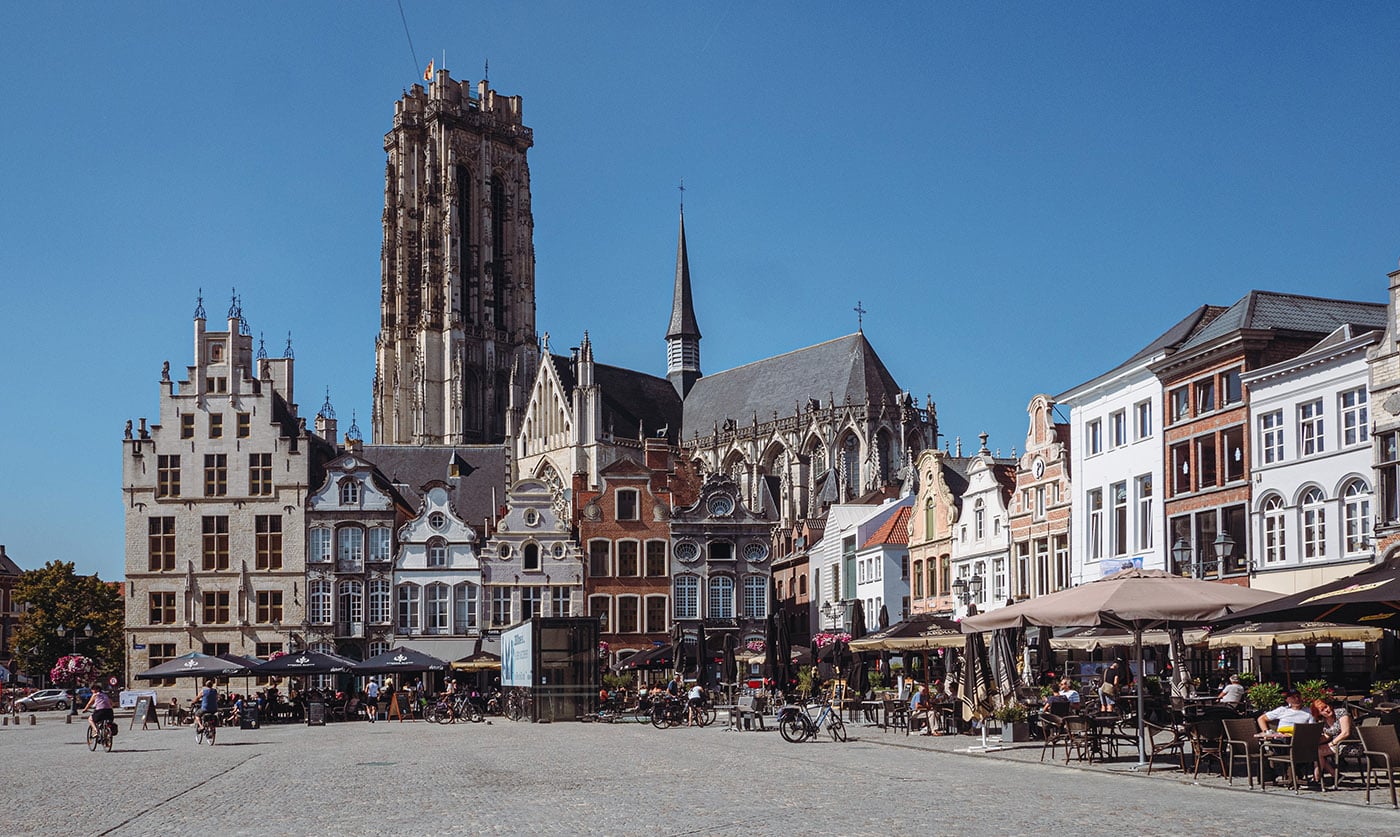
- Antwerp
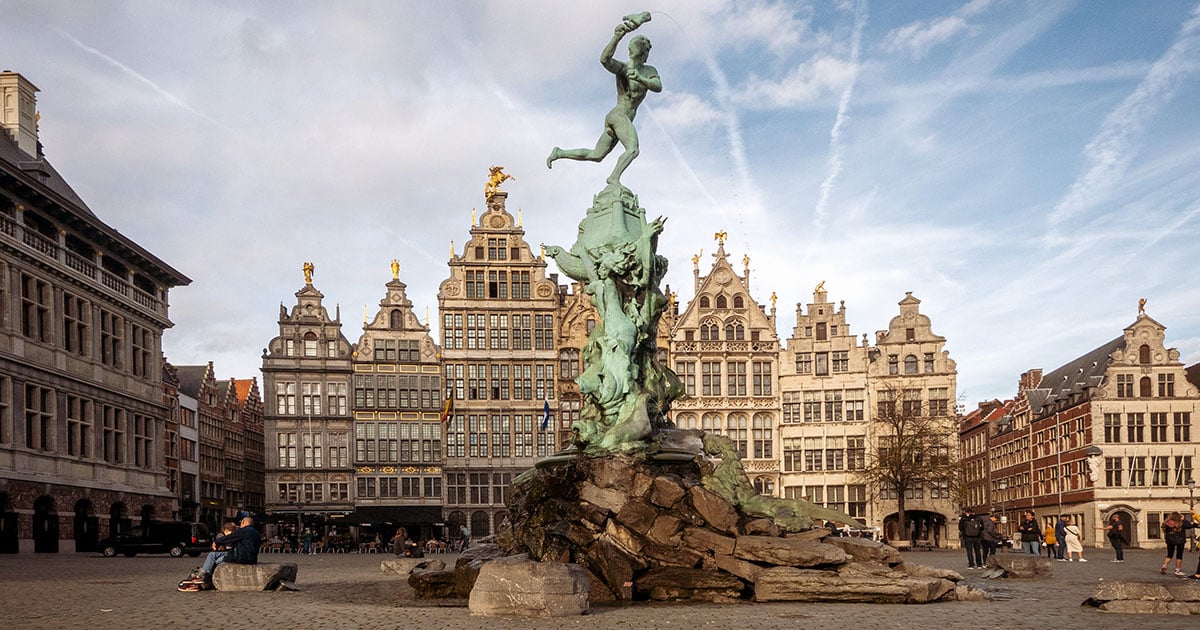
So, are you ready to let Bruges reveal its treasures to you? Enjoy your trip to Bruges!
Article produced in collaboration with VisitBruges and VisitFlanders. However, I reserve the right to make my own comments. The opinions and views expressed in this article are therefore entirely my own.
All photographs illustrating this article are the property of Culturez-vous and may not be reused without written permission.

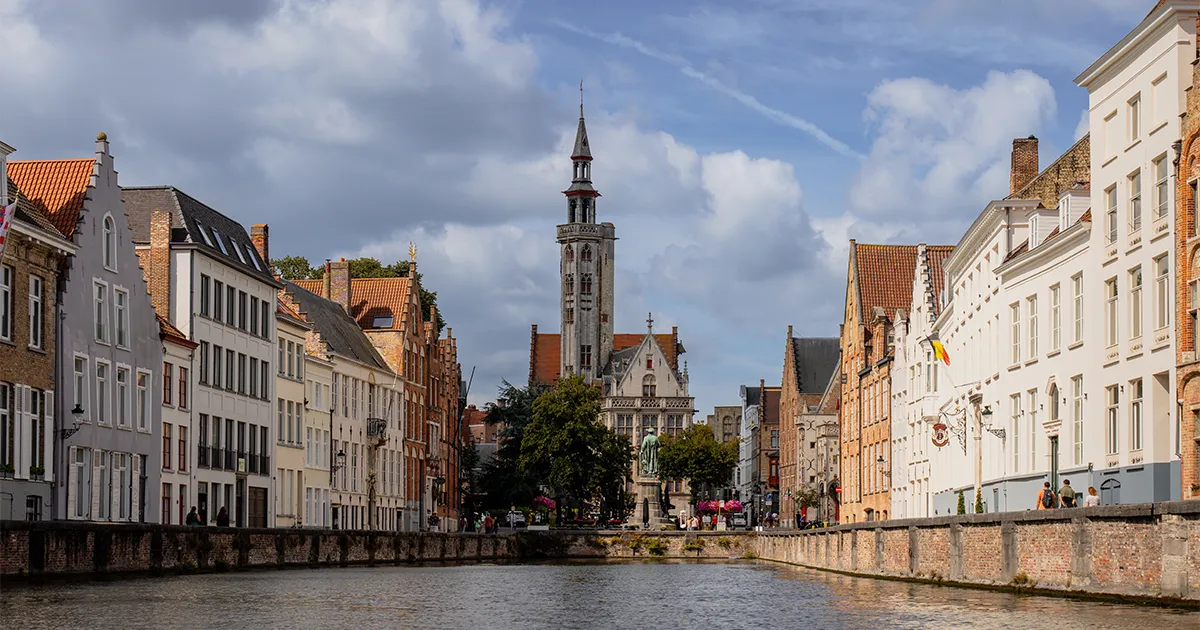



No Comments
Leave a comment Cancel